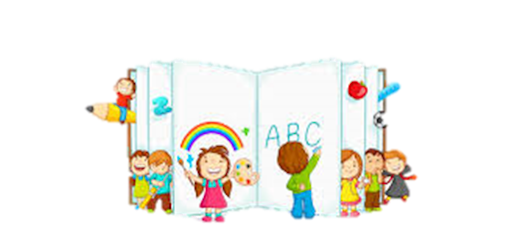Teaching children to be helpful to others is a crucial aspect of their social and emotional development. By fostering empathy, responsibility, and kindness, you can guide them toward becoming considerate and supportive individuals. Here are some effective strategies to teach children to be helpful:
1. Model Helpful Behavior
Children learn a great deal by observing adults. Demonstrate helpful behavior in your daily life. Show them how you assist friends, family members, and even strangers. For instance, if you help a neighbor carry groceries or volunteer in the community, let your child see and understand your actions.
Example: While grocery shopping, point out how you’re helping the store staff by placing items back in the correct place or how you offer a seat to someone who looks tired.
2. Encourage Empathy
Empathy is at the heart of helpfulness. Help children understand and relate to others' feelings and experiences. Discuss emotions openly and use situations from their daily lives to practice empathy.
Example: If a friend is upset, talk about how they might feel and ask your child what they could do to make them feel better. Role-playing different scenarios can also be effective in teaching empathy.
3. Create Opportunities for Helping
Provide practical opportunities for your child to help others. Involve them in activities that allow them to contribute, whether it’s helping a sibling with homework, participating in household chores, or assisting with community service.
Example: Assign age-appropriate tasks such as setting the table for dinner, sorting laundry, or helping with gardening. Highlight how their contribution is valuable and appreciated.
4. Teach Responsibility
Responsibility is closely linked to being helpful. Teach children that being responsible involves taking care of their own tasks and considering how their actions affect others. Encourage them to complete their chores and fulfill their commitments reliably.
Example: Create a family chore chart that includes tasks for everyone. Discuss how each person's responsibilities contribute to the smooth functioning of the household.
5. Praise and Reinforce Positive Behavior
Acknowledge and praise your child’s efforts when they help others. Positive reinforcement encourages them to continue being helpful. Highlight specific actions and the positive impact they had on others.
Example: Instead of just saying "Good job," say, "I’m really proud of how you helped your friend with their project. You made a big difference, and it shows how kind and thoughtful you are."
6. Teach the Value of Kindness
Discuss the importance of kindness and how it impacts both the giver and the receiver. Share stories, books, and examples that illustrate the value of being kind and helpful.
Example: Read books or watch movies with themes of kindness and generosity. Discuss the characters’ actions and their effects on others.
7. Involve Them in Community Service
Participating in community service can give children a broader perspective on helping others. Involve them in activities such as volunteering at a local food bank, participating in neighborhood clean-ups, or supporting charity events.
Example: Organize a family volunteer day where everyone contributes to a community project. Discuss the importance of giving back and how their efforts benefit others.
8. Encourage Teamwork
Working together on tasks fosters a sense of cooperation and collective responsibility. Encourage activities that require teamwork and highlight how working together helps achieve common goals.
Example: Engage in family projects or group activities where each member has a role. Emphasize how each person’s contribution helps complete the task more effectively.
9. Discuss the Impact of Their Actions
Help children understand how their actions, whether big or small, can affect others. Use real-life examples to illustrate how helpfulness can make a difference.
Example: After your child helps a friend or family member, talk about how their actions made that person feel better or how they made a positive impact.
10. Set Up Helping Challenges
Create challenges or goals related to helping others. Encourage your child to come up with their own ideas for ways to help and track their progress over time.
Example: Set a goal for your child to perform a certain number of kind acts each week. Celebrate their achievements and discuss what they learned from the experience.
By incorporating these strategies into daily life, you can help children develop a strong sense of empathy, responsibility, and kindness. Teaching them to be helpful not only benefits others but also enriches their own lives, creating a positive and supportive environment for everyone involved.













